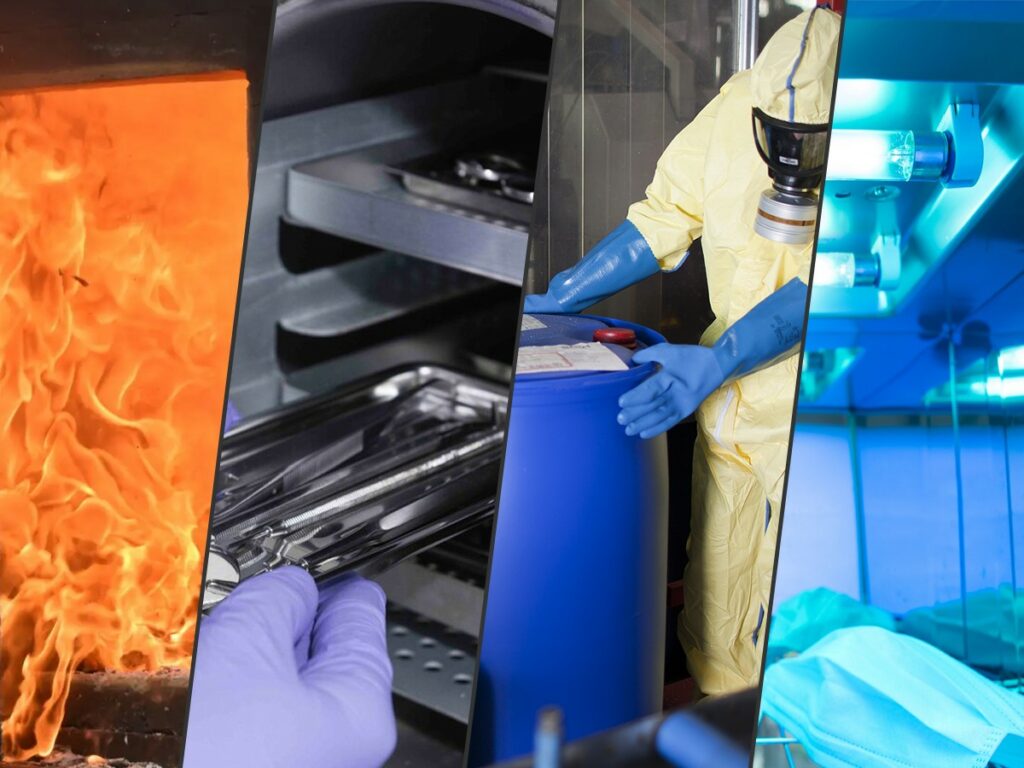Medical waste is required, by law, to be treated safely and carefully while avoiding injuries and spreading infections. Hospitals and healthcare practices send their waste to off-site disposal facilities. Some healthcare facilities have on-site medical waste treatment.
Here are the most common options for disposing of medical waste.
Incineration
This medical waste treatment is the process of burning medical waste at an extremely high temperature, reducing the total volume by 96%. Incineration destroys many dangerous toxins, chemicals, infections, and other potential hazards. The waste entering the incinerator is ionized into pieces that are no longer considered dangerous.
With professional help, it’s an easy way to treat your medical waste in a safe and controlled environment. However, it isn’t the most environmentally friendly from all the pollution it produces.
Autoclaving
Autoclaving involves heat that’s turned into steam, which sterilizes some forms of medical waste. This kills bacteria, infections, and other microorganisms that can be potentially hazardous. Autoclaving is common in hospitals and other medical practices to sterilize medical equipment and sharps. It’s the most common medical waste treatment and is the most environmentally friendly.
Chemical
Chemical disposal transforms hazardous waste into less dangerous substances that can be extracted from a solution. There’s an ion-exchange reaction, whereby the charges of atoms and molecules are exchanged between two chemical substances, allowing them to bond.
Chemical precipitation is another method, which uses a chemical reaction to form separable particulate matter in solutions. Using coagulants and flocculants can increase the effectiveness of this process.
Irradiation
Irradiation disinfects medical waste by exposing it to gamma rays that are fatal to bacteria. A radioactive isotope of cobalt is employed. The intended purpose of irradiation is to kill pathogens. A bonus of this method is gamma rays can penetrate plastic bags used for medical waste collection, so the waste doesn’t need to be removed from the bag before treatment.
Before disposing of any medical waste, it’s important to know and separate the waste and ensure the waste is properly treated and disposed of. There are strict guidelines that can lead to fines for improper handling and disposal of medical waste.
Have questions? We would love to help you find the most convenient plan that works for you!



